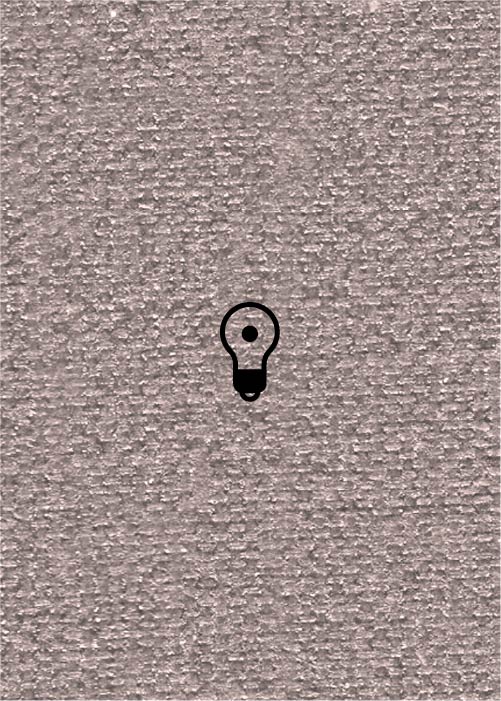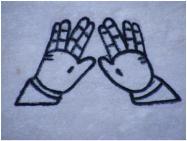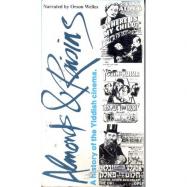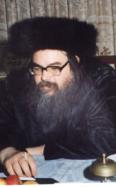(284 results found)
Priestly Blessing- Birkat Kohanim
… the Sabbath, holidays, and the High Holy Days. The central European Ashkenazim limited it to the Three Pilgrimage Festivities and the High Holy Days. The Eastern European communities took the limitations the … similar set of five melodies, in his textbook for cantors. Eastern Europe In Abraham Baer's Siddur, there are examples …
Almonds and Raisins
… Many of these films deal with issues that arose with the eastern European Jewish immigrants who arrived in New York in the …
A letter to mother - A Brivele der Mamen
… Niggun … Immigration … World War I - 1st World War - WW1 … Eastern Europe … A letter to mother - A Brivele der Mamen …

Freylekhs
… comprised the core of the traditional Klezmer repertoire in Eastern Europe, and were the most popular amongst the Dance tunes . … a researcher of Klezmer culture and the Ashkenazi dance in Eastern Europe and in the U.S., the Freylekhs dance has a …
Admor
… and material levels. In the geographic conditions of Eastern Europe, the pilgrimage to the Tsadik was, as determined by …

Responsorial Singing
… melodies. Although the responsorial form declined in Eastern Europe, largely due to the dominating musical role of the ḥ …
Ofer Ronen
… and performing with a fusion of musics between middle eastern Jewish and Arab musics, flamenco, and sephardic … performed in several festivals and venues in Israel and Europe. His group Ancient Groove received the KunstenIsrael …
Moyshelekh Un Shloymelekh (part 2)
… a chilling reference to the old Jewish communities of Eastern Europe that vanished in the Holocaust. It can also be …
Ner Haviv, Ner Na'eh
… connected to the ‘Ades’ synagogue , an important center of eastern hazzanut . Among other songs Avidany wrote ‘Nagila … songs that were written by poets of the Haskalah in Eastern Europe, and later on in Erets Yisrael and in the …
Shofet Kol Ha'aretz
… source apparently moved eastwards, as it contains many Eastern Ashkenazi texts added later in its margins. Through … Ashkenazi liturgical poems such as Shofet kol ha’aretz to Eastern Europe. When Shofet kol ha’aretz appeared in printed prayers …










